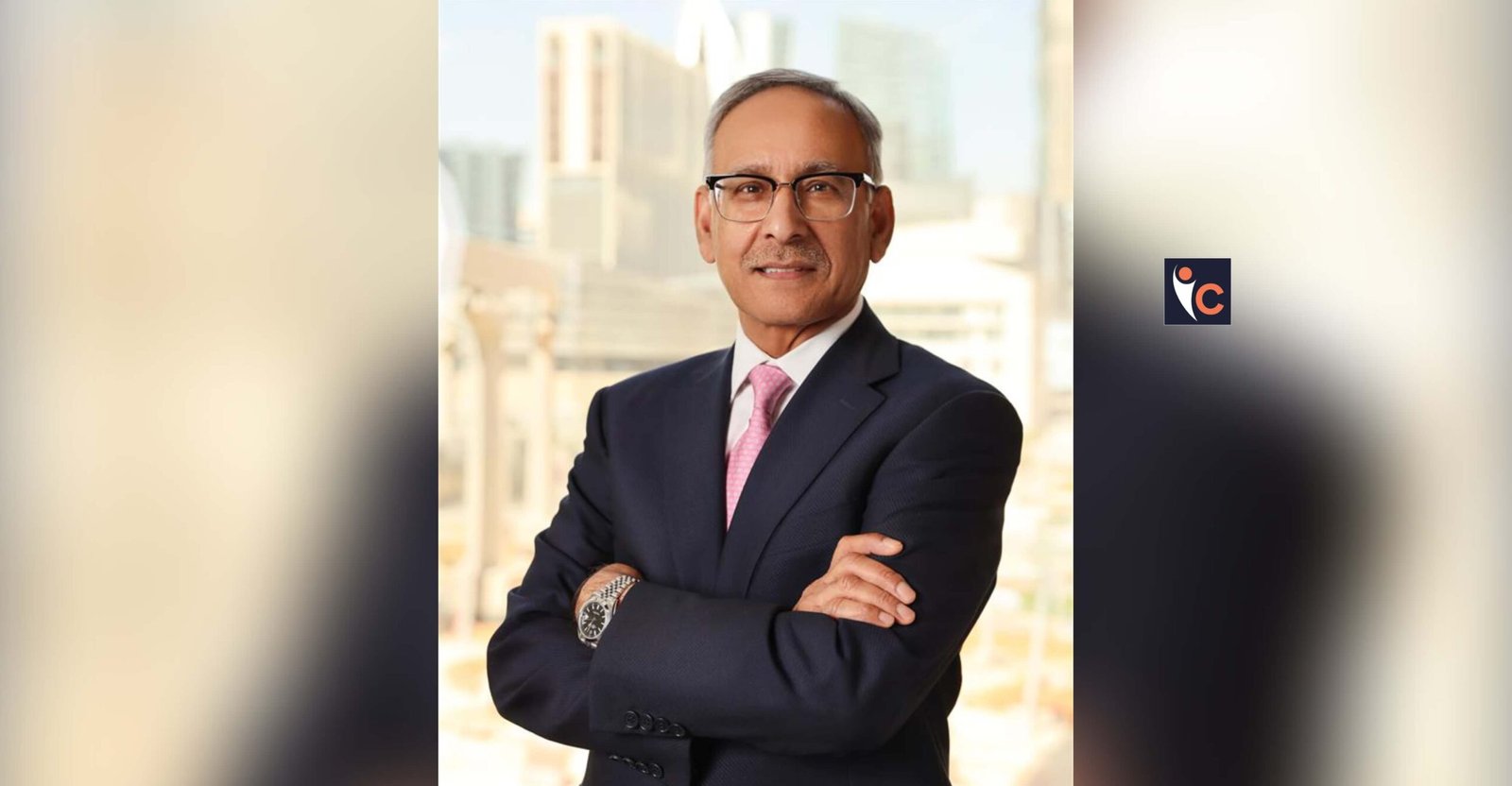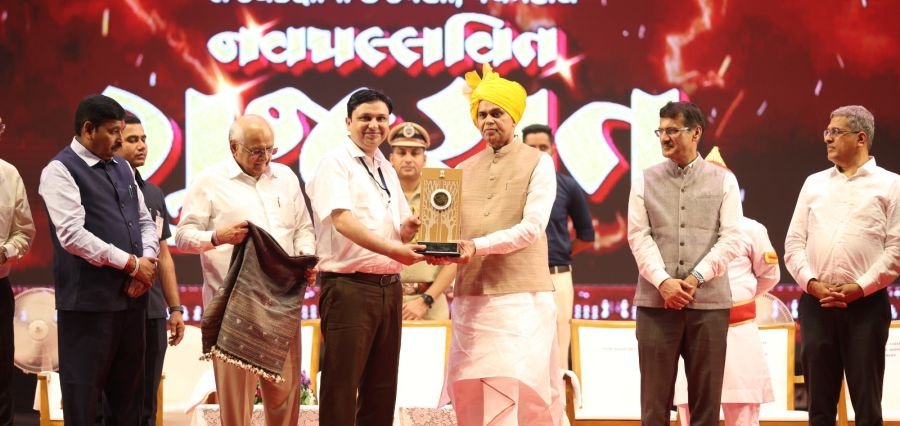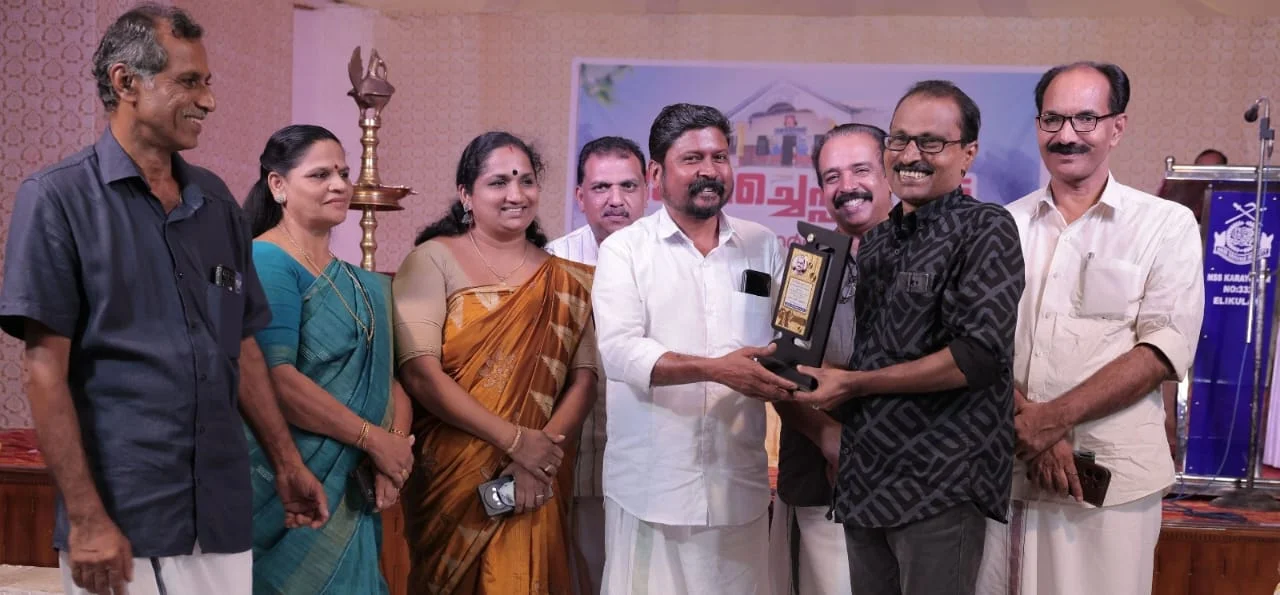Every gray hair signifies not just the passage of time, but also the potential for innovation in health and wellness. Dr. Mehmood Khan embodies this philosophy, viewing aging as an opportunity for groundbreaking advancements rather than a decline. His diverse career spans clinical practice and corporate leadership, beginning with his training at Mayo Clinic. Recognizing the need for broader impact, he shifted focus to food systems and public health.
Now, as CEO of Hevolution Foundation, he leads significant investments in geroscience research, aiming to transform societal perceptions of aging and improve health outcomes globally through collaborative efforts and innovative solutions.
Let’s dive into Dr. Khan’s inspiring journey and discover how he is reshaping the future of healthspan science!
What sparked your passion for healthspan science, and why do you believe it is so important in today’s world? Can you share your journey from being a physician to becoming the CEO of Hevolution Foundation?
My career has been a journey through different fields, each choice guided by a drive to improve population health. From medicine to food systems and now to healthy aging at the Hevolution Foundation, each step has been about defying convention to make a meaningful impact.
As an academic physician, I trained and practiced in both the UK and the US, serving as a faculty member at the Mayo Clinic and Mayo Medical School in Rochester, Minnesota. During my time there, I directed the Diabetes, Endocrine and Nutritional Trials Unit in the endocrinology division, which shaped my understanding of population health and clinical science. Before making a decision that was considered unusual at the time, I chose to step outside the clinic to examine food systems. Obesity rates were on the rise, and rather than help one patient at a time, I began to understand the transformational impact that upstream interventions could have on population health.
With my unusual blend of nutrition and medicine, I helped identify a link between appetite suppressants and increased rates of cardiovascular disease that led to important scientific publications and public attention. I wanted to make sure the pharmaceutical industry was designing systems to develop safe and effective therapeutics at scale, which led to me directing the Global R&D center for Takeda.
The food industry – PepsiCo – then came knocking at my door. When I joined PepsiCo, it was controversial. Some didn’t believe the food industry could change. Internally, I was the food police. However, under my leadership, we developed healthier product portfolios, focused on water sustainability and integrated new science into the food industry. It wasn’t a revolution, but an evolution.
Now, at the Hevolution Foundation, my focus is on delivering health impact on a global scale – something I have sought to achieve throughout my career. Just like working on obesity back in the 1980s, working on aging today is to some an unusual choice. However, what other condition affects every person on this planet? If you want to deliver scalable impact, work on aging.
Hevolution is already generating incredible impact. We are the largest philanthropic funder for research in aging biology, and we have invested around $400M in geroscience in the last two years. This includes funding over 160 projects, supporting approximately 200 grantees globally, and making three early-stage company investments, with more to come. As I look back at my career – in what may be my last position – I realize that improving how we age is the ultimate challenge. It could create a healthier future for everyone.
How does Hevolution Foundation plan to increase investable opportunities in the field of aging?
Hevolution Foundation aims to bridge the gap between early-stage innovation and scalable solutions. We do this through impact investments and funds. We continue to find potential research and startups that might otherwise struggle to secure capital. For example, through initiatives like the Hevolution Breakthrough Innovation Alliance and the XPRIZE Healthspan, we are incentivizing bold thinking and fostering a pipeline of investable opportunities in aging science. Our goal is to de-risk early investments and attract other funders, both public and private, to join us in advancing healthspan technologies. By building this ecosystem, we can accelerate the pace at which research translates into viable therapeutics and solutions for healthier aging.
Can you share a challenging moment in your leadership journey that taught you a valuable lesson about resilience or adaptability?
During my time at PepsiCo I was tasked with integrating health science into a food system that was often criticized for its role in the obesity epidemic. Many doubted whether meaningful change was possible, and there was resistance both internally and externally. However, through focusing on upstream solutions, we developed healthier product portfolios and advanced sustainability initiatives. The experience taught me that transformation is an evolution, not a revolution; and that there will be failures along the way, however, resilience is key. This lesson continues to guide me at Hevolution Foundation, where the challenge of addressing aging is immense, but the potential impact makes every effort worthwhile.
What are your hopes for the future of healthspan research, both personally and for Hevolution Foundation?
For Hevolution Foundation, my hope is to create a global ecosystem where aging research thrives—one that is collaborative and impactful. By supporting groundbreaking science and bringing together researchers, policymakers, and industry leaders, we can ensure that the benefits of healthspan research reach everyone, everywhere. Our aim is to increase the number of safe and effective treatments entering the market, compress the timeline of drug development using the latest tools and technologies, and improve accessibility to therapeutics that extend healthy lifespan for the benefit of all humanity.
We will achieve this by increasing the number of researchers in geroscience and healthspan science globally, expanding the number of companies working in the field, and attracting funding to the field of aging. Ultimately, I hope that Hevolution’s work will inspire a shift in how societies approach aging, transforming it from a burden into an opportunity. Our commitment to funding innovative science and fostering interdisciplinary collaboration—with over 160 projects funded and 200 grantees supported globally—is paving the way for this transformation.
In your opinion, what will be the most significant advancements in healthspan research over the next decade?
The next decade will likely bring transformative advancements in understanding and addressing the biology of aging. Cellular senescence and senolytics provide an exciting example of ongoing advancements, focusing on eliminating damaged cells that contribute to aging and chronic diseases. Similarly, genetic and epigenetic innovations demonstrate the potential to modulate aging pathways, offering transformative possibilities for healthspan science. Meanwhile, tools like AI-powered drug discovery are accelerating the identification of novel targets and therapies, exemplifying how technology can drive progress in this rapidly evolving field.
Drug repurposing – using existing drugs that are known to impact the biology of aging – is another area poised for growth. These already-approved drugs show promising potential in delaying age-related diseases and improving overall healthspan.
As the field grows, interdisciplinary approaches combining biology, medicine, data science, and engineering will unlock new frontiers. Over the next decade, we anticipate the healthspan market evolving into a globally recognized and well-funded sector, with significant progress in translating research into scalable, accessible solutions that benefit everyone.
How do you foresee the role of public-private partnerships evolving in the field of healthspan science?
The public-private partnership is essential in scaling healthspan innovations. Governments can provide the regulatory frameworks and funding necessary to support early-stage research, while private sector players bring the agility and capital required for commercialization. At Hevolution, we prioritize convening stakeholders from both sectors to foster collaboration. Moving forward, I see public-private partnerships becoming even more integrated, with shared goals to democratize access to therapies and drive systemic change in aging science.
What advice would you give to young professionals aspiring to make a difference in biotechnology or health research?
Be curious and open to learning from other fields, and don’t be afraid to take unconventional paths. Secondly, remember that resilience is key. Progress in health research takes time, and setbacks are inevitable, but the potential to improve lives makes the journey worthwhile. Lastly, find purpose in your work. The challenges we face—whether in aging research or biotechnology—are immense, but they offer a chance to make a meaningful, lasting impact on global health.





